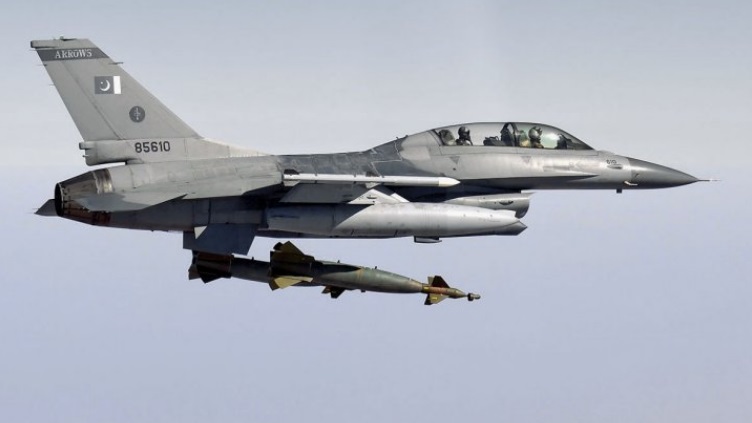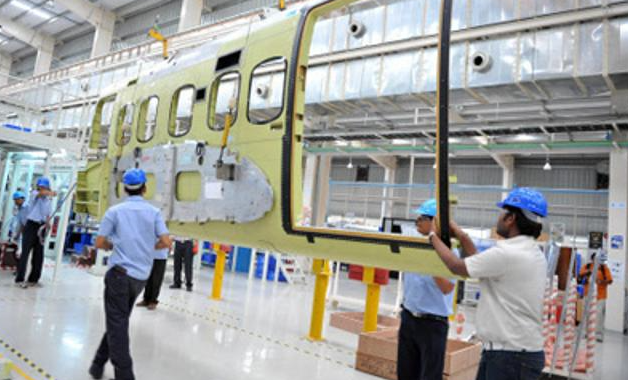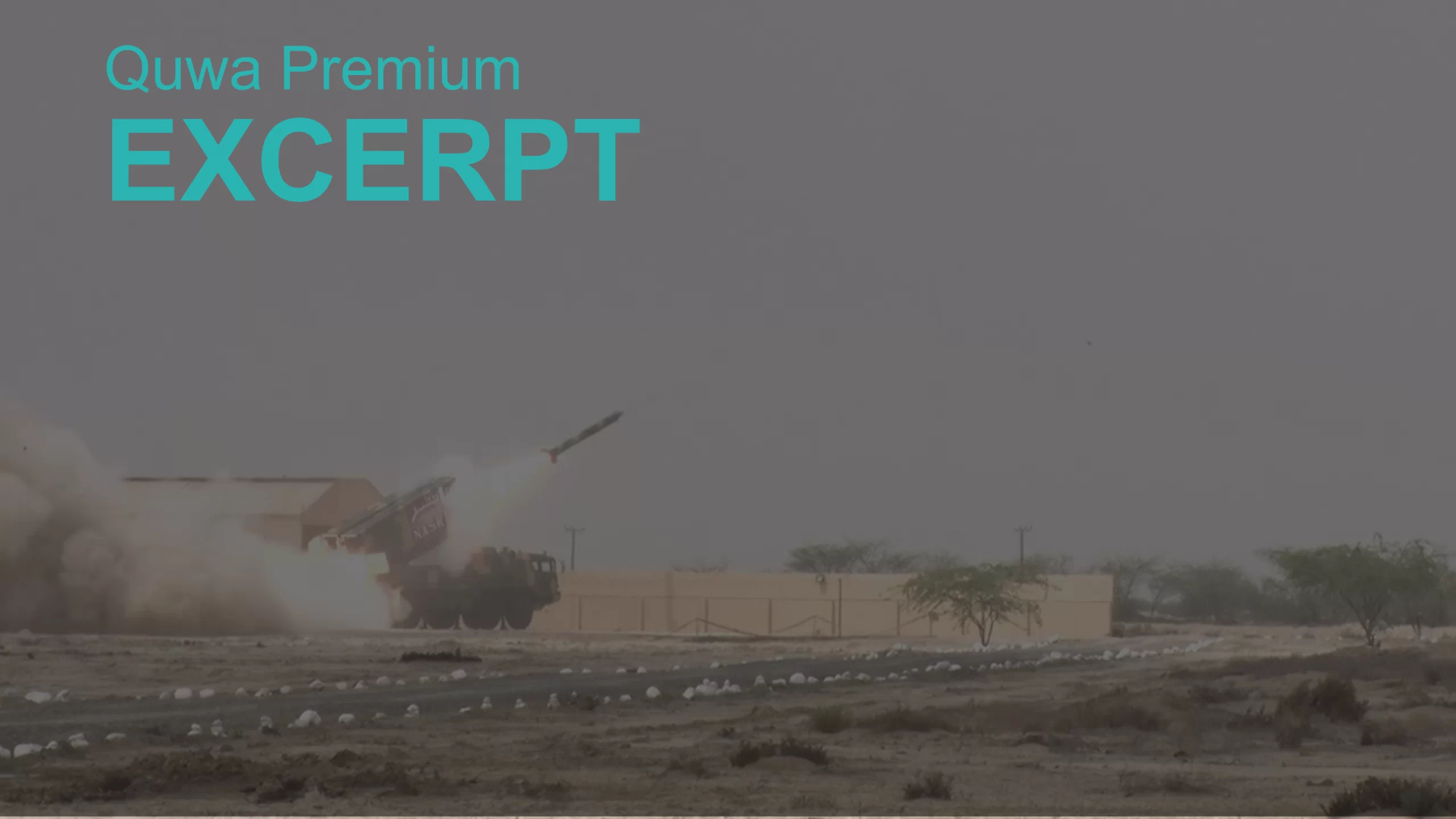17Views 13Comments

Jordan has put up 15 F-16A/B MLU for sale (to Pakistan?)
The Royal Jordanian Air Force (RJAF) has listed 14 F-16A and 1 F-16B Block-15 (i.e. Pratt and Whitney powered) Mid-Life Update (MLU) fighters for sale on its official website. The F-16s are listed in serviceable condition, i.e. they are fly-worthy.
Comment and Analysis
In 2014, Jordan sold 13 (or 14) F-16A/B Block-15 Air Defence Fighter (ADF) units to the Pakistan Air Force (PAF). The RJAF F-16s for sale this time are not ADF units, but complete MLU types, i.e. they are equipped with the same subsystems (e.g. Joint Helmet Mounted Cueing System, Link-16, AN/APG-68v9 radar etc) as the MLU F-16s in service with the PAF.
This is a clear indication that the RJAF is shedding its F-16 fleet, but its force objectives are not known. It is no secret that Jordan is strongly emphasizing its counterinsurgency (COIN) capability growth; it has worked with Orbital ATK, an American company, to modify the CN-235 into a gunship akin to the AC-130 Spectre and operates AT-802-based COIN attackers, such as the IOMAX Archangel.
The emphasis on COIN is quite strong, but this does not preclude Jordan from acquiring a new lightweight fighter, such as the Saab JAS-39 Gripen, in the future. Of the so-called 4+ or 4.5 generation Western fighters available, the JAS-39E/F Gripen would be among the more affordable platforms, be it in terms of upfront acquisition or long-term support and maintenance costs.
As for the customer of these RJAF F-16s. Given that Turkish Aerospace Industries (TAI) is currently in talks with the PAF to upgrade 74 F-16s, which TAI says will include the PAF’s existing and 14 F-16s from Jordan, it is possible that the customer of this RJAF batch will be Pakistan.
If one accounts for the 15 RJAF F-16A/Bs for sale, then the PAF would have around 74 F-16A/Bs, which is in line with what TAI is expecting to upgrade (the projected implementation cost is $100 million U.S., which is similar to what Pakistan paid for upgrading its F-16s at TAI earlier). Should TAI succeed in securing the F-16 upgrade contract, it would mark another major transaction between Islamabad and Ankara, which have become quite common in recent months (with the recent ASELPOD and Agosta 90 upgrade deals).
The contents of this upgrade have yet to be determined or disclosed. The RJAF F-16s currently for sale have already gone through the MLU, thus it is unclear exactly what the PAF and TAI could be discussing.
After the MLU, the only upgrade sanctioned by Lockheed Martin is the F-16V. Currently, the F-16V does not appear to include a structural life-extension program (SLEP) for extending the F-16A/B’s airframe beyond its 8000 hour life. The F-16V is centered on the AN/APG-83 active-electronically scanned array (AESA) radar, but also includes a revamped cockpit and compatibility with new air-to-air and air-to-surface munitions.
Based on Taiwan’s F-16V program, such a program would cost at least $12.7 million U.S. a unit, which would amount to at minimum a billion dollars (for the upgrade kit and implementation) for the entire F-16A/B fleet. For the PAF, the F-16V-upgrade would be the most cost-effective Western option with modern subsystems (e.g. AESA radars) currently on the market. It will be worth seeing if the PAF tries opting for this route, though it should expect some difficulty considering America’s reluctance to readily release sensitive technology to Pakistan. The lack of a Lockheed Martin-defined SLEP for the F-16A/B would also be a factor, there is little point in upgrading the fighter if it has limited life.
Pakistan has stepped away from procuring new-built F-16C/Ds, and as a result, it is exploring used airframes – such as F-16A/Bs from Jordan – as a means to help fulfill its operational needs for the short and medium-terms. From a technology and cost-feasibility perspective, this is not a bad strategy; used F-16s can be bought cheaply.
That said, it is unlikely that this route a long-term solution, even the F-16V is at heart a stopgap measure ahead of South Korea and Taiwan’s respective next-generation fighter aspirations. The F-16 platform is in its final chapter. This will be true for Pakistan as well, especially considering its ties with Washington are anything but tenuous and prone to inconsistency.
Additional Thoughts
As for Jordan and its apparent desire to downsize its fighter fleet, its ultimate force objectives have yet to be determined. That said, it must be noted that Amman does not maintain any notable territorial disputes with other states in the region. Counterinsurgency (COIN) is its primary focus, especially with the presence of ISIS in neighbouring Syria and Iraq.
In practical terms, the Jordanian military is reducing its emphasis on conventional warfighting (i.e. state versus state), and increasing its focus on low-intensity systems such as lightweight attackers (e.g. IOMAX Archangel). These systems are of no use against states, but with precision-strike capability and comparatively lower operating costs, they are perceived as ideal for use against non-state actors.
When it comes to major operations along the borders or in neighbouring territories, the Jordanian forces will operate through multi-national coalitions, particularly under the U.S. While its future fighter plans are not verifiably known (e.g. Sputnik News reported that Jordan was interested in the Sukhoi Su-34), Jordan has been slotted by Turkish Aerospace Industries as a prospective customer for its T-129 attack helicopter. The acquisition of the T-129 would align with its COIN focus (whilst also replace its ageing AH-1F Cobras).


